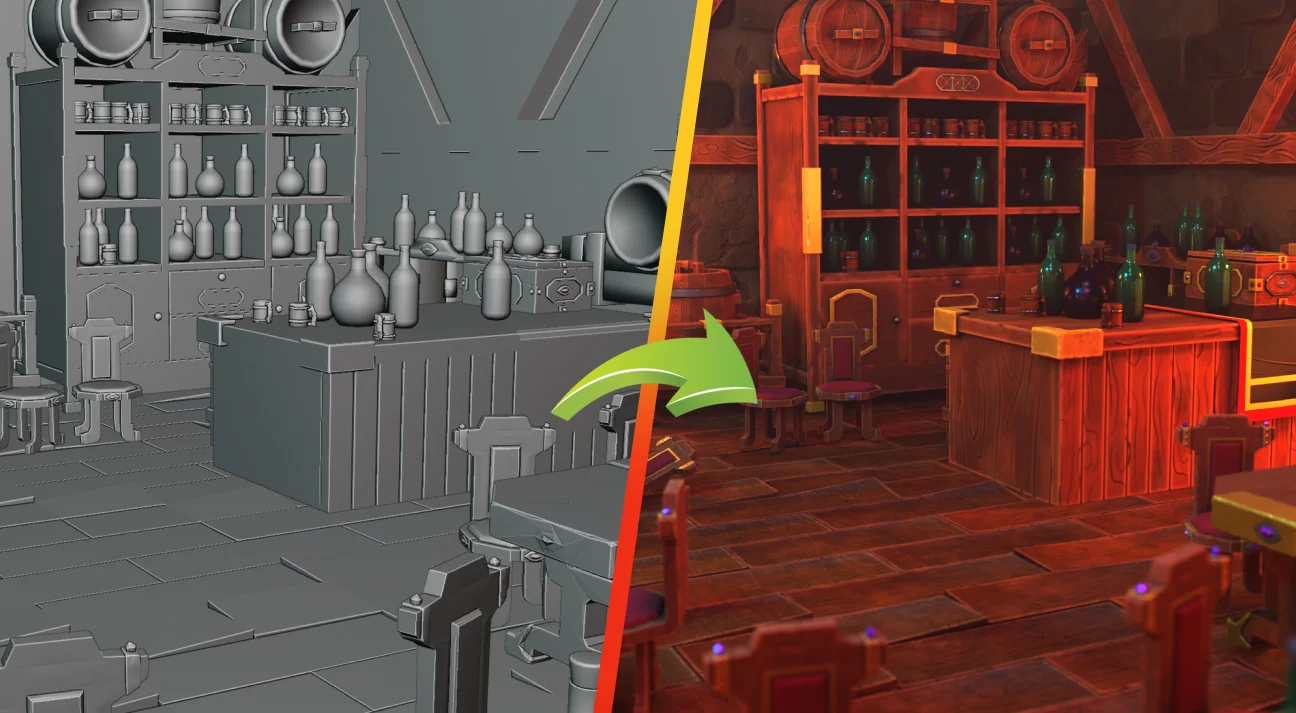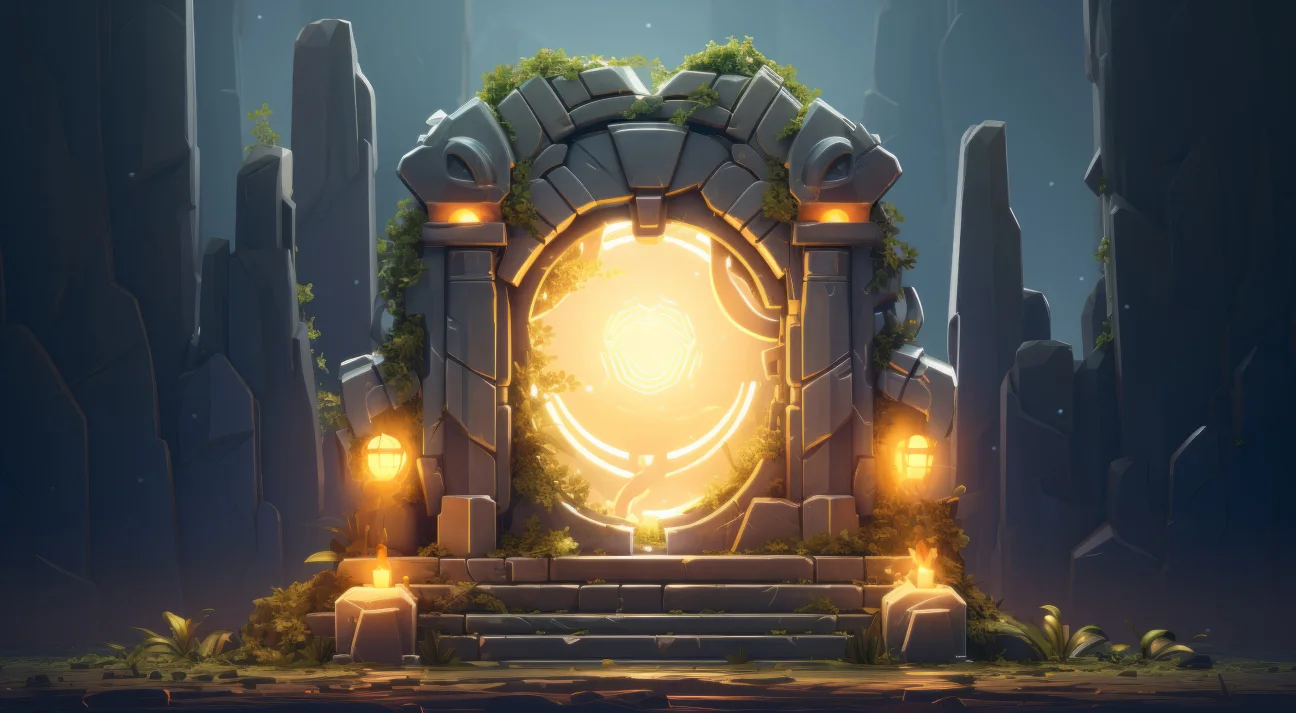
8-Bit to UHD: Evolution of Video Game Graphics
Do you remember the time when video game characters were made up of tiny blocks? Back in time, the colors were as simple as a handful of crayons. In the 8-bit era, games had a charming simplicity, and the pixelated wonders were the heroes of our virtual adventures.
Fast forward to the present, where video game graphics have undergone a breathtaking revolution. It’s like we’ve traded our crayons for an entire palette of vibrant hues, and every detail in the gaming world is so clear and immersive that it feels like we’ve stepped into a whole new dimension.

All in all, video game graphics have come a long way and changed over time after a decade of technical advancements. In this blog, we will take you back to the era and tell you how the gaming industry has evolved. Stay tuned with us to witness the transformation.
Evolution of Video Game Graphics Over Time – A Brief Overview
The evolution of video game graphics has been a remarkable journey from the simple pixelated visuals of the retro era to the photorealistic landscapes of the present day. Technological advancements, innovative design approaches, and the continuous push for realism have collectively shaped the breathtaking visuals that define the modern gaming experience. Here is a slight glimpse of the journey.
8-bit Graphics
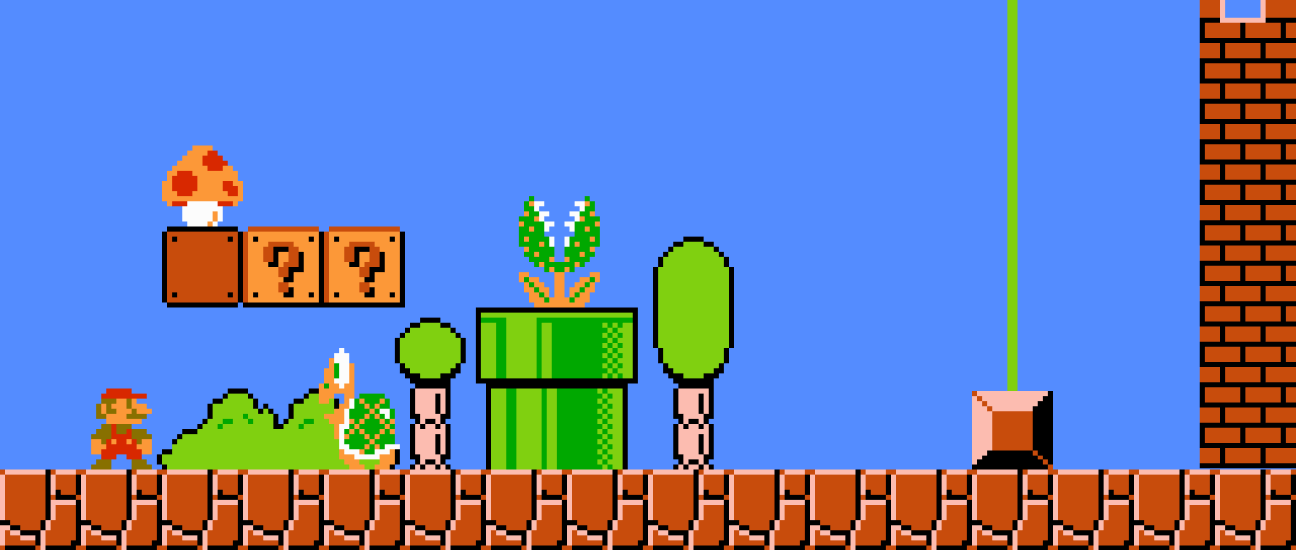
8-bit video game graphics came into existence in the late 1970s and flourished in the early 1980s. These graphics were simple and consisted of pixels arranged on the screen to create characters and environments.
Each pixel represented a single point of color, and the limited processing power of the hardware restricted the number of colors that could be displayed simultaneously.
Also read: How Did the Gaming Industry Evolve with Time and Become Popular?
16-bit Graphics
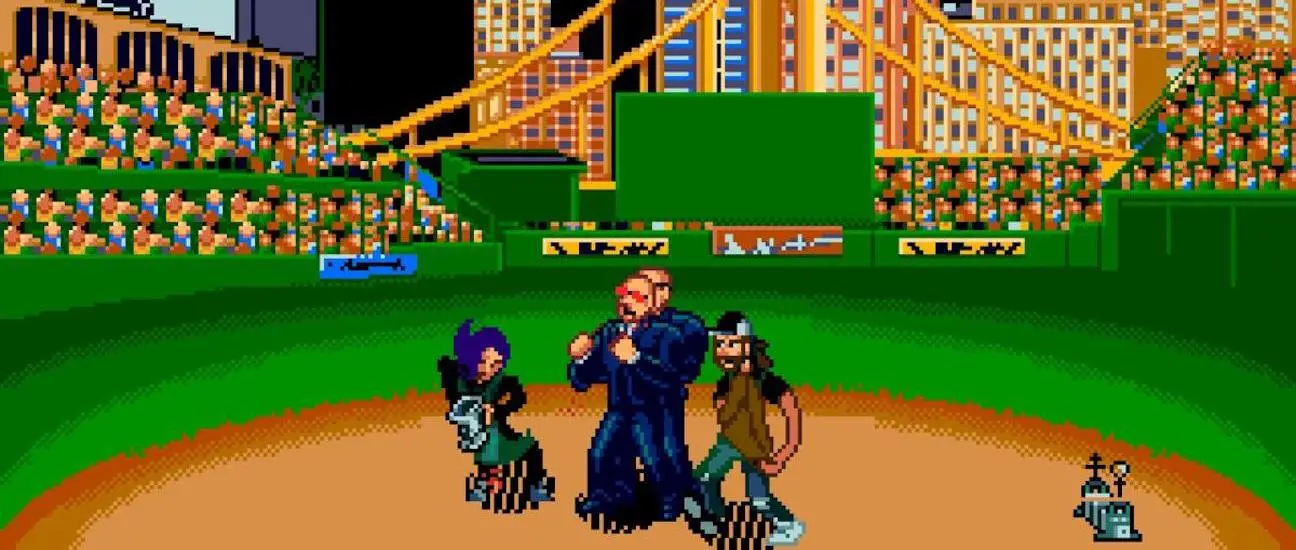
16-bit video game graphics were an improved version of 8-bit graphics. They were the best graphics in video games back in time as they possessed better graphical capabilities than gaming systems that processed data in 16-bit integers during the late 1980s and early 1990s. These graphics had more details and allowed for a broader color palette compared to 8-bit systems.
They had better resolution and enhanced sprite animation capabilities that facilitated smoother character movements and more complex in-game actions. Many 16-bit games utilized parallax scrolling to create an illusion of depth, greatly enhancing video game background design and giving a more immersive experience. The ability to have multiple layers for backgrounds contributed to richer and more dynamic game environments.
The era of 16-bit graphics eventually gave way to the dominance of 3D graphics in the mid-1990s. Consoles like the Sony PlayStation and Nintendo 64 marked the beginning of the 3D gaming era.
Examples of Games Packed With 8-Bit and 16-Bit Graphics
8-Bit Graphics – Super Mario, Shovel Knight, Space Invaders, Pac-Man, Donkey Kong
16-Bit Graphics – Out Run, Super Mario Bros, Space Harrier, Star Wars, Sonic The Hedgehog
3D Graphics
The transition to 3D graphics began in the late 1980s and 1990s, a while after the launch of 16-bit graphics. Arcade games, like Atari’s “Hard Drivin” and Sega’s “Virtua Racing,” were pioneers of video game development companies that used 3D visuals. Later, games like “Final Fantasy VII” showcased the capabilities of 3D art styles, setting a new standard for the industry.
3D video game graphics use three-dimensional rendering techniques to create in-game environments and characters, providing a more immersive and realistic visual experience. These graphics represent objects and environments in three dimensions, adding an immersive edge to the pictures.
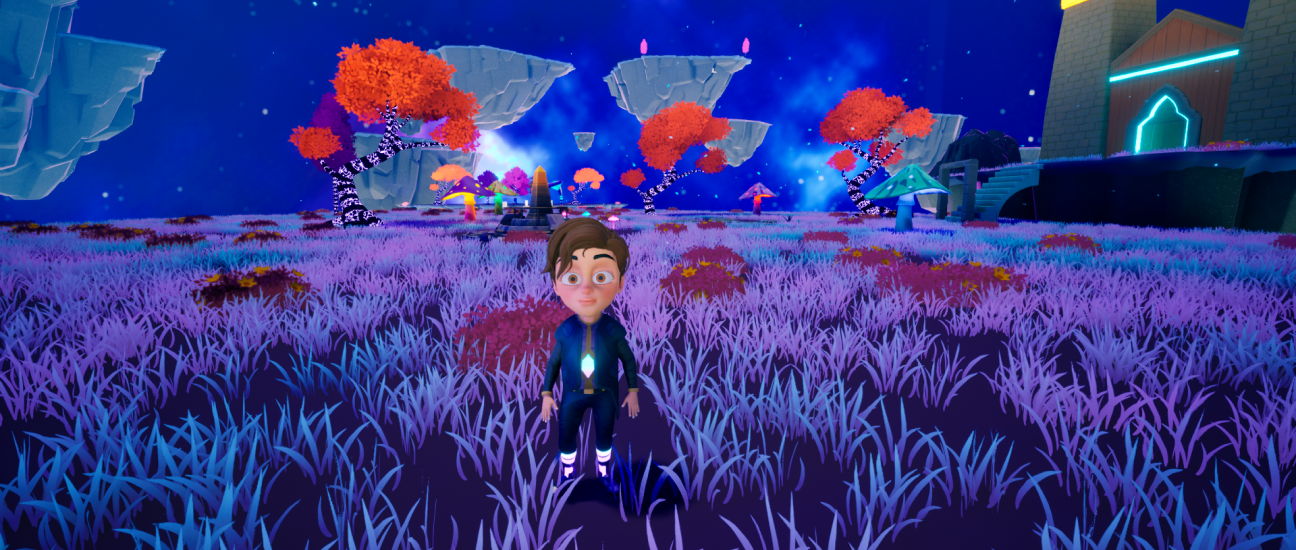
3D games use polygonal models to create characters, objects, and environments. These models consist of interconnected polygons to form 3D shapes. Later, textures are applied to polygonal surfaces to enhance realism. Along with it, shading techniques like Gouraud or Phong shading improve the appearance of lighting shadows.
Examples of Games Packed With 3D Graphics
3D Graphics – Call of Duty: Black Ops, God of War: Chains of Olympus, Star Fox, Doom, Quake, Wipeout.
High-Definition HD Graphics

In the early 2000s, the adoption of high-definition (HD) graphics became widespread, welcoming an era of detailed game environments and characters. You can put them as the best video game graphics of all time as they are being used even now in game development. The Xbox 360 (released in 2005) and PlayStation 3 (released in 2006) were pivotal in popularizing HD graphics in gaming. Games like Half-Life 2, Gears of War, Bioshock, etc., were developed using high-definition (HD) graphics.
HD video game graphics resolution started from 720p (1280×720 pixels) and extended to 1080p (1920×1080 pixels) and beyond. Many HD games aim for higher frame rates, often 30 frames per second (fps) or more, providing smoother and more realistic motion during gameplay.
They employed a widescreen aspect ratio of 16:9 to provide a broader field of view and opted for advanced rendering techniques, like anti-aliasing and anisotropic filtering, to help reduce jagged edges and improve texture quality in HD graphics.
Examples of Games Packed With High-definition (HD) Graphics
3D Graphics – Half-Life 2, Doom 3, Far Cry, F.E.A.R, The Elder Scrolls IV: Oblivion, Battlefield 2, Company of Heroes, Mass Effect, etc.
Mobile Graphics
The modern era, starting in 2015, gave dominance to mobile game graphics due to the widespread availability and affordability of smartphones played a crucial role. Mobile game graphics were a mixture of mostly all types of graphics and visuals. The video game graphics designer switches from 2D to 3D and HD graphics according to the game layout and other requirements.
Mobile games are designed to run on various screen sizes and resolutions. Developers optimize graphics to ensure clarity and visual appeal across a range of devices, from smaller smartphones to larger tablets.
Also, mobile games often adopt various art styles, ranging from pixel art and minimalist designs to more realistic 3D graphics. The graphic type relies on the game’s genre, target audience, and the device’s technical capabilities.
Examples of Popular Mobile Games Graphics
Mobile Games Graphics – Angry Bird, Candy Crush Saga, PUBG, Shadowgun Legends, Black Desert Mobile, Life is Strange, etc.
4K and Beyond – Ultra HD
Ultra HD are the best video game graphics as they have a much higher pixel count compared to traditional HD (High Definition) resolutions. The term “4K” specifically refers to a display resolution of approximately 4,000 pixels across the horizontal axis. The standard 4K resolution is 3840 x 2160 pixels, but it’s often colloquially referred to as 4K.
These graphics were invented to match higher-resolution monitors, consoles, and TVs. The transition from standard definition (SD) to high definition (HD) and 4K and beyond was driven by the desire for sharper and clearer images. Moreover, both console and PC gaming markets have been competitive, with each striving to offer the best gaming experience. This competition has driven the adoption of higher resolutions and improved graphics in gaming hardware and software.
These graphics offer a significantly higher level of detail and clarity, creating an immersive and real-life-like gaming experience. The increased pixel count results in sharper images, finer details, and smoother graphics, contributing to enhanced visual fidelity. This improvement is particularly noticeable on larger screens where the higher resolution helps reduce pixelation and aliasing.
Examples of Popular Games Built Using 4K and Beyond – Ultra HD Graphics
4K and Beyond – Ultra HD – Grand Theft Auto VI, Elder Scrolls V: Skyrim, Call of Duty: Advanced Warfare, The Witcher 3: Wild Hunt, Tomb Raider, Project Cars, etc.

What are the Upcoming Video Game Graphics Trends?
Predicting specific upcoming video game graphics trends is challenging, but several ongoing developments and technologies are likely to shape the future of gaming visuals. These potential trends are:
Ray Tracing Technology
Ray tracing simulates the behavior of light in a more realistic way than traditional rendering techniques. It works on reflections, refractions, and shadows, creating more immersive and lifelike visuals. It will also support global illumination and allow light to interact with surfaces and bounce dynamically, offering natural and realistic lighting in the game environment.
Ray tracing will represent materials and textures in a broader light and exhibit surface properties like roughness, smoothness, and reflectivity, offering a heightened sense of detail. Due to its technical advancements, ray tracing will become more prevalent as hardware continues to advance.
Hence, investing in ray tracing technology will allow game developers to future-proof their games, ensuring they remain visually competitive as technology evolves.
AR & VR Graphics
AR and VR technologies will enhance immersiveness in video game graphics that traditional graphic technologies cannot match. AR and VR graphics will heighten realism to make environments and objects feel more natural and convincing. These graphics will have realistic lighting, detailed textures, and accurate physics to create a sense of presence and believability in the virtual space.
AR and VR graphics will bring expansion opportunities for game designers and allow them to explore new artistic possibilities in gaming. They will be able to create imaginative worlds through the graphics and integrate them into the game designs.
High Dynamic Range (HDR)
It is a technology that helps design the best video game graphics by expanding the range of luminance and color levels beyond which is not possible with standard dynamic range (SDR) graphics. Basically, HDR replicates a broader spectrum of brightness, darkness, and colors, providing a more realistic and visually stunning gaming experience.
HDR allows for a higher peak brightness, meaning that the brightest parts of an image can be much more intense. This results in more vivid and lifelike representations of light sources, reflections, and highlights within the game world. They allow darker areas of the image to appear deeper and more detailed and improve contrast ratios compared to SDR.
HDR supports a wider color gamut, enabling games to display a broader and more accurate range of colors. These graphics will contribute to making games more vibrant and saturated while offering realistic color representation in the virtual environment.
HDR will support dynamic tone mapping, allowing games to adapt to varying display capabilities. This flexibility ensures that the visual experience remains optimal across different HDR-capable devices, accommodating a wide range of gaming setups.
AI-Generated Graphics
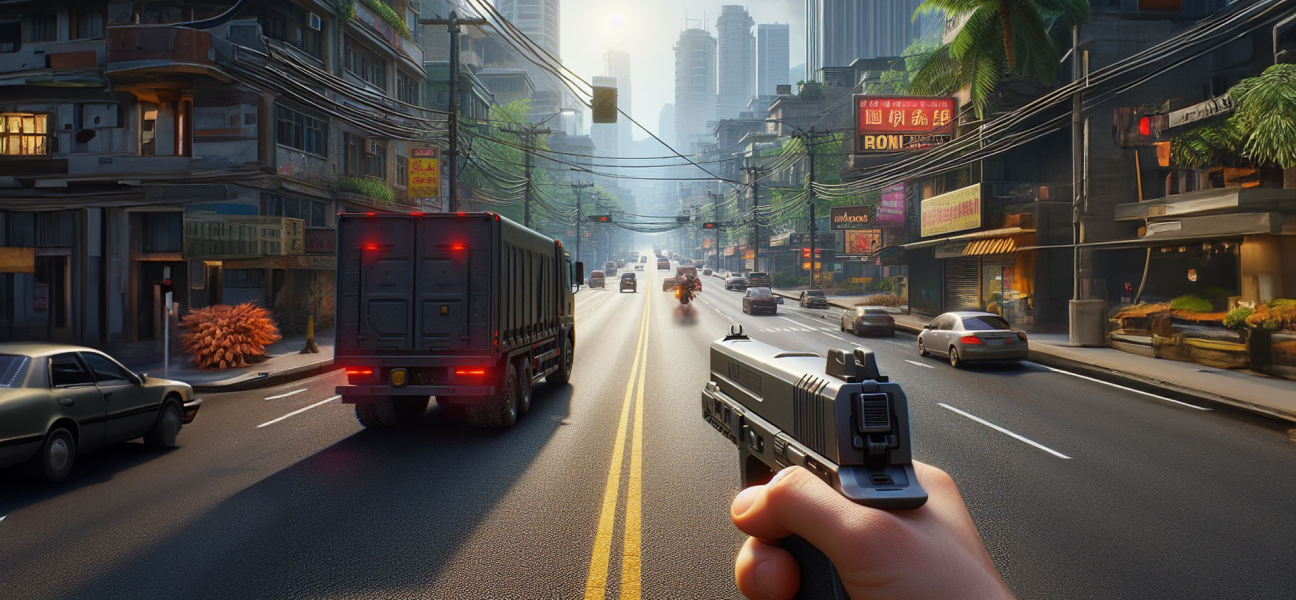
AI will generate video game graphics procedurally and algorithmically rather than relying solely on pre-designed assets. AI in gaming will create diverse and dynamic game worlds with a high level of detail. AI adapts to user interactions and preferences, generating content that suits individual playing styles.
This adaptability enhances the overall gaming experience by providing personalized and tailored content. AI will mimic various artistic styles and apply them to game graphics. The feature allows for creative experimentation and the generation of unique visual aesthetics, contributing to innovative and diverse game design.
AI-powered techniques, such as deep learning super-resolution, can enhance the resolution of textures and graphics. This leads to improved visual quality and can make games look more polished, especially on devices with varying display capabilities.
Cross-Platform Graphics
Cross-platform games often employ adaptive resolution scaling to dynamically adjust the resolution based on the capabilities of the device. It ensures optimal performance without sacrificing visual quality. Graphics assets, including textures, are designed to be scalable, allowing them to adapt to various hardware specifications.
During cross-platform game development, designers create art assets in a way that is compatible with different hardware architectures. It includes models, textures, and animations that can be efficiently processed by various GPUs.
Also read: Top 10 Game Development Trends to Watch Out in 2024
In conclusion, the evolution of video game graphics from 8-bit to Ultra High Definition (UHD) has been nothing short of extraordinary. The 8-bit era laid the foundation for gaming, with its pixelated charm and simplicity, capturing the hearts of millions.
As we progressed to 16-bit, 32-bit, 3D to UHD and beyond, the industry witnessed a revolutionary shift in graphical fidelity, enabling developers to create increasingly realistic and visually captivating worlds.
However, you need to cautiously hire game designers as stunning graphics alone do not define a great game. The boundless creativity and visual prowess of game designers build engaging gameplay that resonates with players.
Also read: Key Factors to Consider When Outsourcing Your Game Art Project
Power Up Your Game with 300Mind’s Mastery in Visuals
300Mind designs graphics and brings characters to life with stunning details, environments that immerse players in vibrant worlds, and animations that add dynamic flair to every interaction. Our game development company leverages the power of immersive graphics to create unforgettable gaming experiences.
Our expert team of graphic designers specializes in crafting cutting-edge visuals that elevate your games to new heights. With our video game art design services, your projects will not only meet industry standards but exceed player expectations. Let’s collaborate to transform your gaming vision into a visually striking reality.
FAQs about Video Game Graphics
Of course, higher display resolutions, HDR support, AI, AR & VR and wider color gamuts will contribute to more vibrant and lifelike visuals. Advances in anti-aliasing techniques, real-time global illumination, and realistic physics simulations will enhance image quality and the overall gaming experience.
Games like Cyberpunk 2077, The Last of Us Part II, Red Dead Redemption 2, Microsoft Flight Simulator, Demon’s Souls, etc., feature stunning graphics, atmospheric lighting, detailed open-world and visual effects.
Graphic designers are instrumental in crafting concept art and video game graphics that establish the visual identity and game style. They work on character and environment design to create immersive worlds and develop textures and assets. However, you should hire reliable video game graphic designers to add richness and design stunning graphics.

